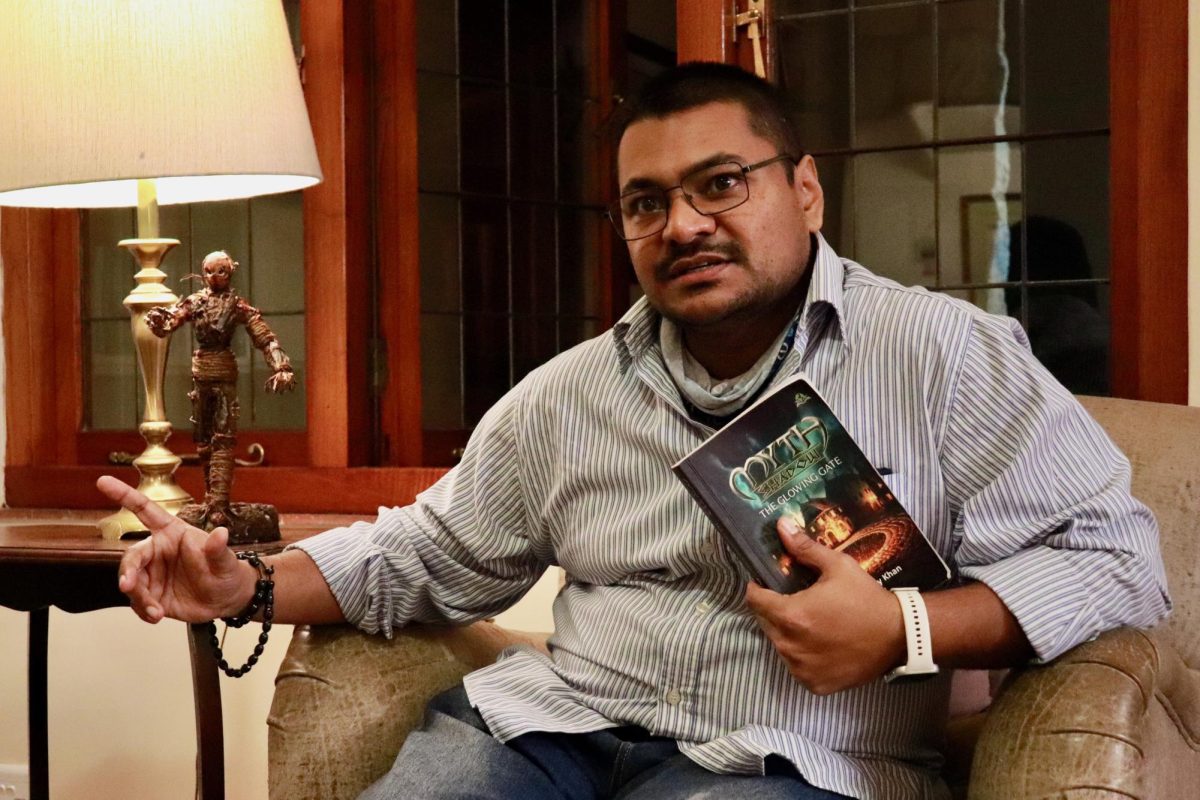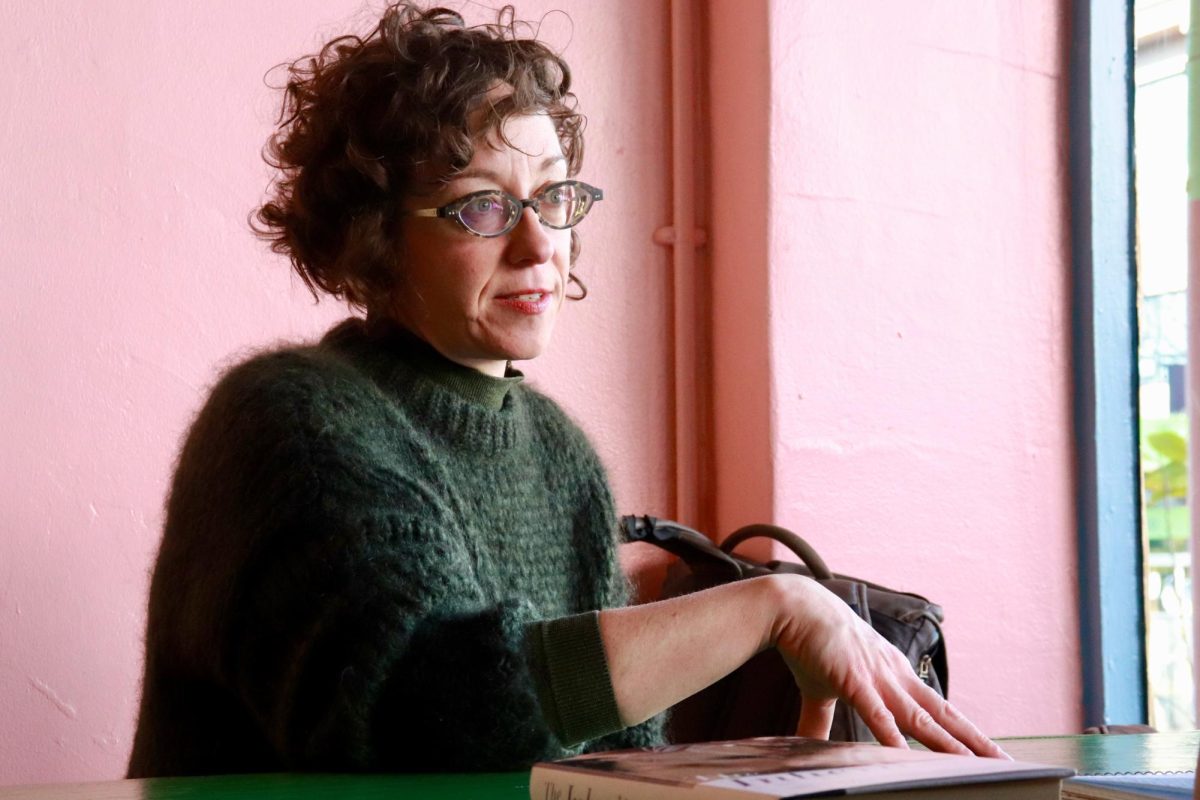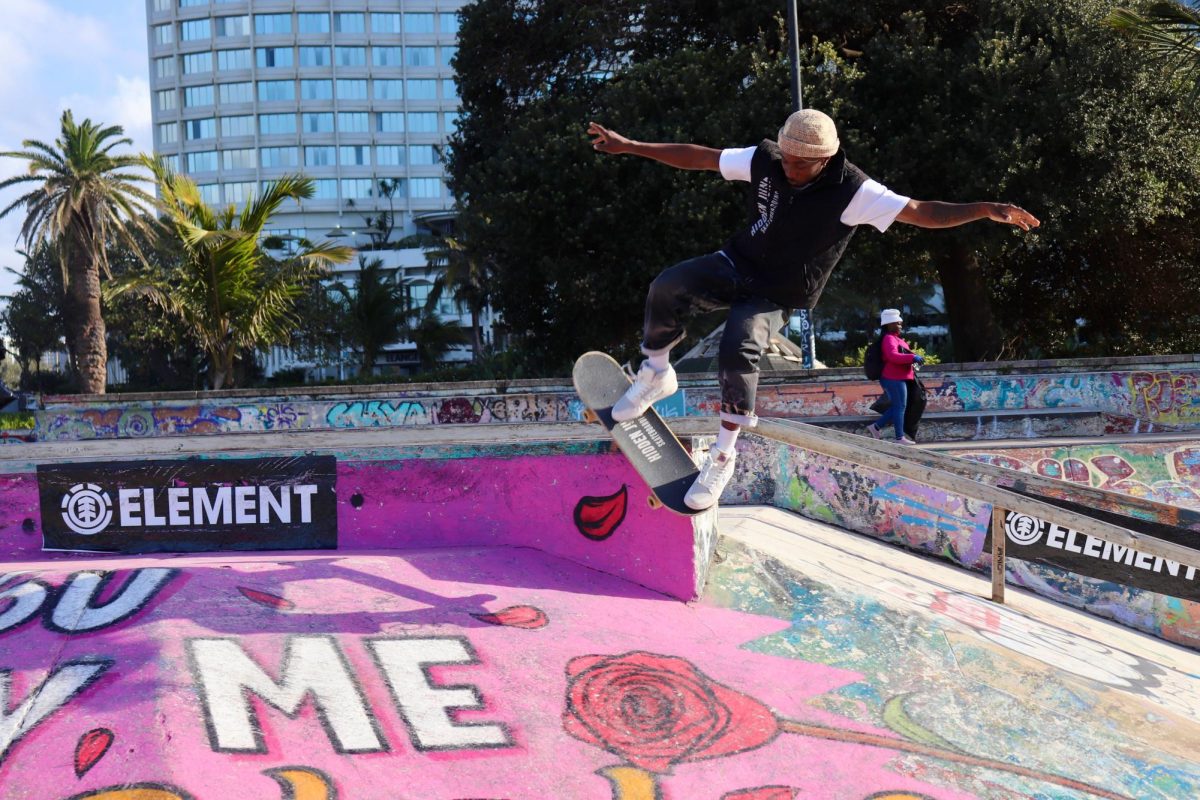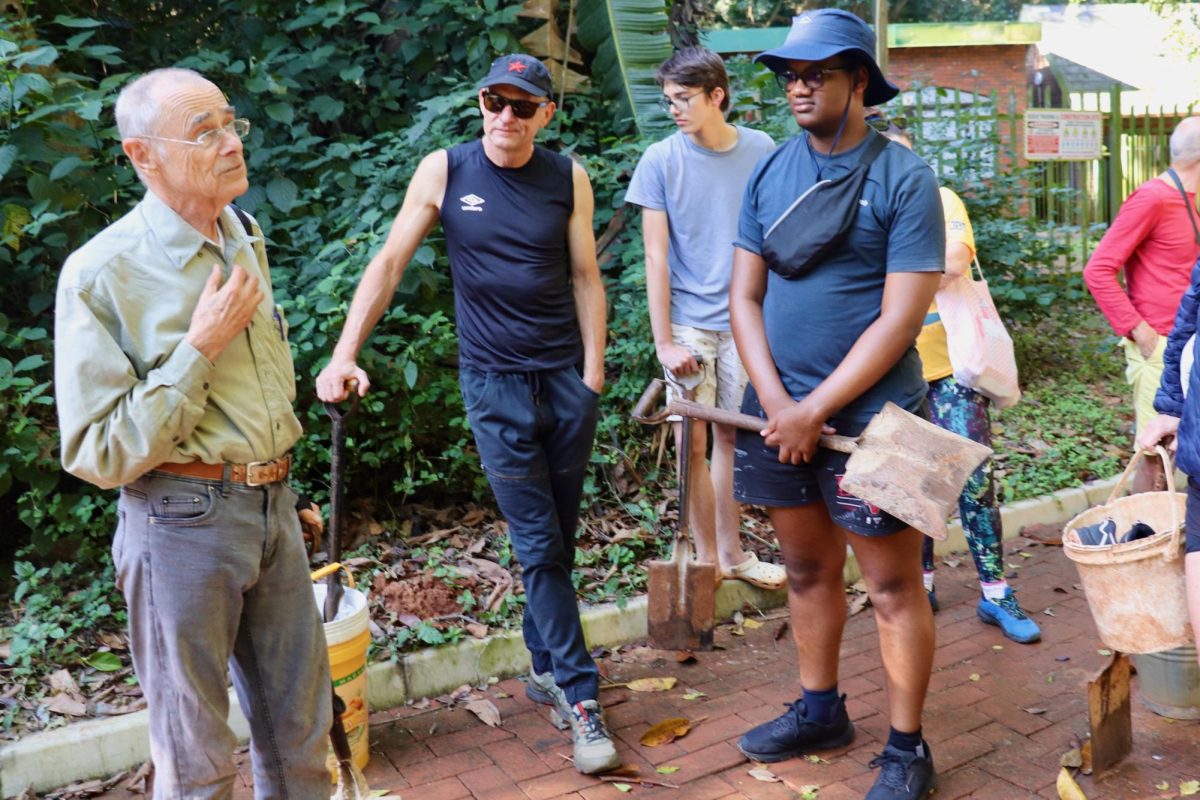How black women are continuously left out of the conversation
In his speech “Who taught you to hate yourself,” the late Malcolm X declares: “The most disrespected woman in America is the black woman. The most unprotected person in America is the black woman. The most neglected person in America is the black woman.”
This notion has been brought to the forefront of my mind recently in light of the Constitution Day celebration that happened on campus two weeks ago.
The Constitution Day celebration consisted of reenactments of speeches arguing for enfranchisement, by abolitionist Frederick Douglas, as well as arguments from abolitionists and suffragists Elizabeth Cady Stanton and Susan B Anthony. The reenactments were performed by St. Joe’s own professors, Susan Liebell, Ph.D., associate professor of political science, and Brian J. Yates, Ph.D., associate professor of history.
While listening to the speeches I couldn’t help but think to myself, “Where are the black women?” If there is a black man advocating for the right for black men to vote and a white woman fighting for the right for white women to vote, why is no one paying attention to the overlap? Or, as Kimberle Crenshaw describes it, the layer of intersectionality where black women are caught in the middle of both racial oppression and gender oppression.
Unfortunately this isn’t the first, nor do I expect it to be the last, time black women are left out of the conversation.
Of course there were black suffragists like Ida B. Wells, Mary Church Terrell and most famously Sojourner Truth who gave her prominent speech “Ain’t I A Woman?” in reference to black women’s right to vote. Truth was a friend and champion of Cady Stanton and Anthony. Yet, no black women were invited to attend the famed Seneca Falls convention.
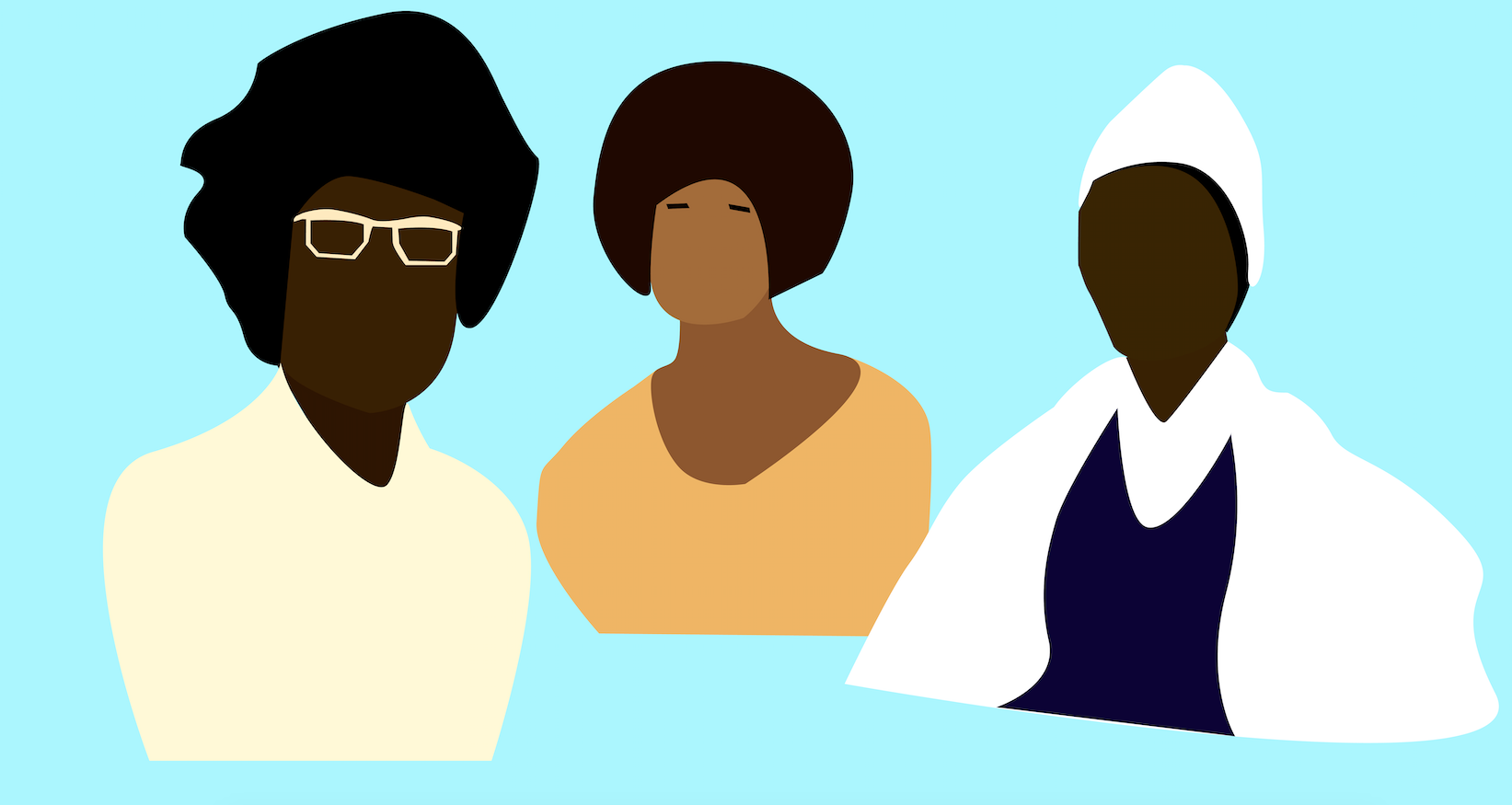
During the second wave of feminism started in the ’60s, black women were ignored once again. Intersectional identities were ignored.
Betty Friedan released “The Feminine Mystique” in 1963 and radicalized hordes of suburban white housewives while angering a few others. In her book she calls for women to exit the home and join the workforce while in a way belittling domestic work.
Friedan’s definition of work was not just elitist, but it ignored several intersections of women and the type of work they do. It went over the heads of many black American women because, for the most part, black women had already been in the workforce.
We had no other option but to participate in the workforce due to racially based economic disenfranchisement. Black women couldn’t afford to be a stay at home mom in the first place. Moreover, due to racially biased and gender based discrimination, black women were doing mostly domestic work: nannying the children and cleaning up after the white women reading the “Feminine Mystique.”
Black women, however, have had people like Angela Davis who wrote “Women, Race and Class” in 1981 and who advocated for black women well before ’81, alongside Gloria Steinem, a more inclusive and intersectional feminist. We also had the Combahee River Collective, Audre Lorde, bell hooks and Shirley Chisolm who were holding it down for the black female community.
The overall lack of acknowledgment of black women by white feminists led to a rift, because being the same sex was and still is not enough to unify women. Black women, because they cannot identify with the white feminism that they are presented with, coined their own term, “womanism,” which is a social theory that focuses on the historical and everyday experiences of black women.
However, white feminists aren’t the only ones at fault. In legal terms, black women are also erased. It is basically impossible for black women to sue or file lawsuits if they feel they are being discriminated against because they are black women.
The federal courts lack a comprehension of intersectionality, meaning if a black woman wants to file a lawsuit she has to file it as race based or gender based. This means if a black woman was discriminated against specifically because she is a black woman, she cannot effectively file that way.
This is a disgusting oversight. The two identities of being black and being a woman affect and influence each other. The two cannot be separated and should not have to be. Recognizing and addressing intersectionality is not an option, it is a necessity. When you fail to do this, you are ignoring several factors and neglecting overlapping identities. It is outright lazy to ignore these identities.
In light of this Constitution Day debate, I encourage everyone to pay attention to the intersections. Not only will it make you a better person, but it will help educate and open your eyes to something you might not have realized otherwise.








